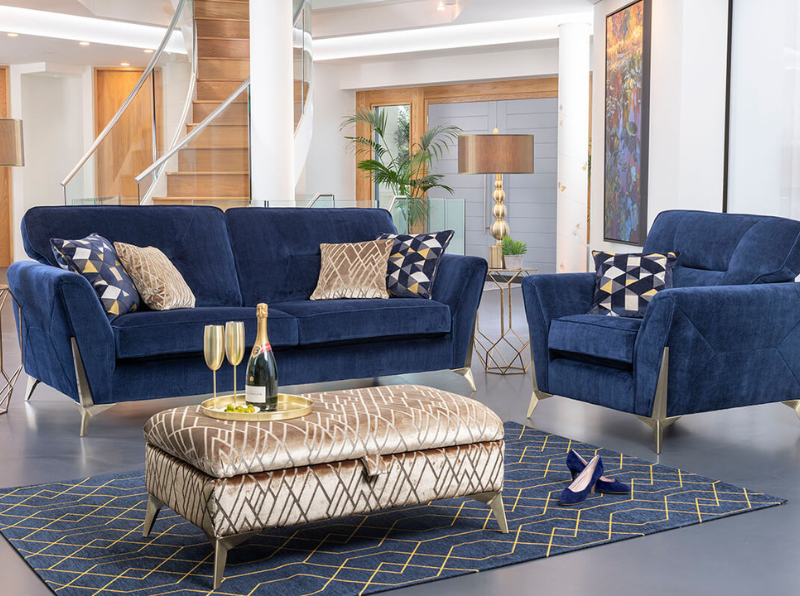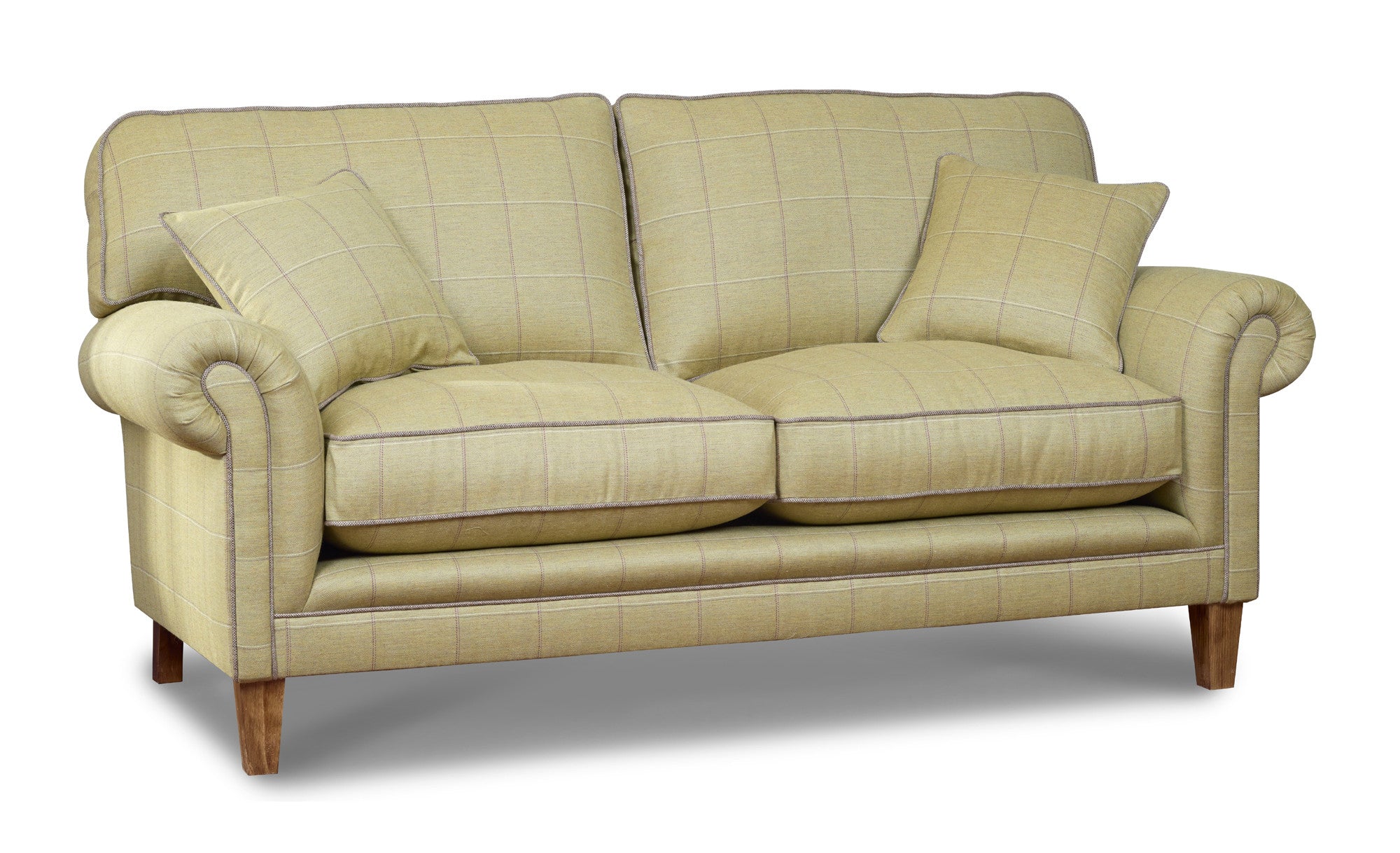How to Mix and Match Furniture Styles for a Special Look in Your Area
How to Mix and Match Furniture Styles for a Special Look in Your Area
Blog Article
Durable and Fashionable: The very best Materials for Long-Lasting Furniture
The selection of materials for furnishings design is a vital element in accomplishing both toughness and design. Hardwoods like oak and maple not only offer visual heat yet also provide exceptional strength, while engineered timber provides an appealing choice for budget-conscious customers - Furniture.
Strong Timber Options

Softwoods like want and cedar also present viable options, albeit with different features. Pine is light-weight and easy to work with, making it a superb option for rustic furnishings, while cedar is naturally immune to degeneration, suitable for outdoor applications.
It is necessary to consider the intended use the furnishings when picking a timber kind. For circumstances, items that sustain heavy wear needs to prioritize more difficult woods, while ornamental products may benefit from softer, much more visually enticing varieties. Eventually, the right choice of strong wood not just enhances the longevity of the furnishings yet likewise boosts the overall visual of the space.
Engineered Timber Conveniences
Engineered timber, often described as composite timber, provides many benefits that make it a compelling selection for lasting furnishings. Among the primary advantages of engineered wood is its enhanced stability compared to strong timber. Constructed from layers of timber fibers or veneers, it lessens the threat of bending and splitting, which prevail concerns with natural timber as a result of modifications in humidity and temperature.

Moreover, engineered timber is an eco-friendly alternative, as it makes use of smaller trees and wood results, advertising sustainable forestry methods. The production process likewise causes much less waste, making it a liable option for eco-conscious consumers.
Metal Resilience
Using remarkable stamina and strength, metal is a prime product choice for resilient furnishings. Recognized for its longevity, metal can withstand considerable wear and tear, making it an optimal alternative for both business and property environments. Whether it is steel, aluminum, or wrought iron, each kind of steel offers special homes that add to the total toughness of the furniture.
Steel, for instance, is celebrated for its high tensile stamina and resistance to bending, making sure that items remain structurally audio in time. read what he said Light weight aluminum, on the other hand, is lightweight and immune to rust and rust, making it especially appropriate for outside furniture. Wrought iron, with its traditional charm, boasts remarkable toughness and can withstand severe climate condition without endangering its honesty.
Along with its physical residential properties, steel furniture often undertakes protective treatments, such as powder covering or galvanization, which further boost its resistance to scrapes and environmental aspects. This degree of resilience makes steel furnishings a beneficial investment, as it not just maintains its visual charm however additionally stands the examination of time, guaranteeing capability for many years ahead.
Upholstery Options
Choosing the ideal upholstery is crucial for enhancing both the resilience and visual allure of furniture. Upholstery materials can significantly influence the longevity of a piece, with options varying from all-natural fibers to synthetic textiles.
All-natural fibers, such as cotton and bed linen, offer breathability and comfort however may need more upkeep to endure fading and use over time. Alternatively, wool is a robust option understood for its strength and resistance to discoloration, making it suitable for high-traffic areas.
For those seeking durability with less upkeep, artificial products like polyester and nylon provide excellent choices. These textiles are typically engineered to be fade-proof and stain-resistant, making them perfect for households with youngsters or pets. Microfiber, a subtype of polyester, is especially preferred for its soft texture and easy cleansing homes.
Leather, while commonly more costly, adds a classic elegance to furnishings. Its natural sturdiness enables it to age wonderfully, creating an one-of-a-kind patina over time. It needs particular maintenance to maintain its radiance.
Ultimately, choosing upholstery entails stabilizing aesthetic preferences with useful considerations, ensuring that the furniture not just looks excellent however additionally stands the examination of time. Furniture.
Lasting Products
Emphasizing environmental responsibility, lasting products have acquired importance in furniture design, reflecting an click for info expanding understanding of ecological influence. These materials not only lower the carbon footprint yet additionally ensure the durability of furniture, contributing to a round economy.
Usual sustainable materials consist of reclaimed timber, which repurposes existing lumber, decreasing the need for logging. Bamboo is an additional excellent selection; it is fast-growing and requires marginal sources, making it an eco-friendly option to conventional woods. Additionally, recycled metals and plastics are increasingly utilized in furnishings production, advertising waste reduction and resource conservation.
All-natural fibers such as natural cotton, hemp, and bed linen are favored for furniture, as they are complimentary and biodegradable from Find Out More dangerous chemicals. The use of low-VOC (unstable organic substances) finishes and adhesives even more enhances the sustainability of furnishings, making sure better interior air high quality.
Conclusion
Strong woods like oak and maple supply stamina and unique character, while crafted timber offers security and cost-effectiveness. Lasting products such as recovered timber and bamboo contribute to ecological obligation, making them excellent for contemporary furnishings services that prioritize both design and longevity.
Engineered wood, often referred to as composite timber, uses many benefits that make it a compelling option for durable furniture. One of the primary advantages of crafted wood is its improved security contrasted to solid wood. Created from layers of wood fibers or veneers, it decreases the threat of warping and splitting, which are common issues with all-natural timber due to adjustments in moisture and temperature level.
Solid timbers like oak and maple provide toughness and special character, while crafted wood supplies stability and cost-effectiveness. Sustainable products such as redeemed wood and bamboo contribute to environmental obligation, making them optimal for contemporary furniture services that focus on both style and toughness.
Report this page